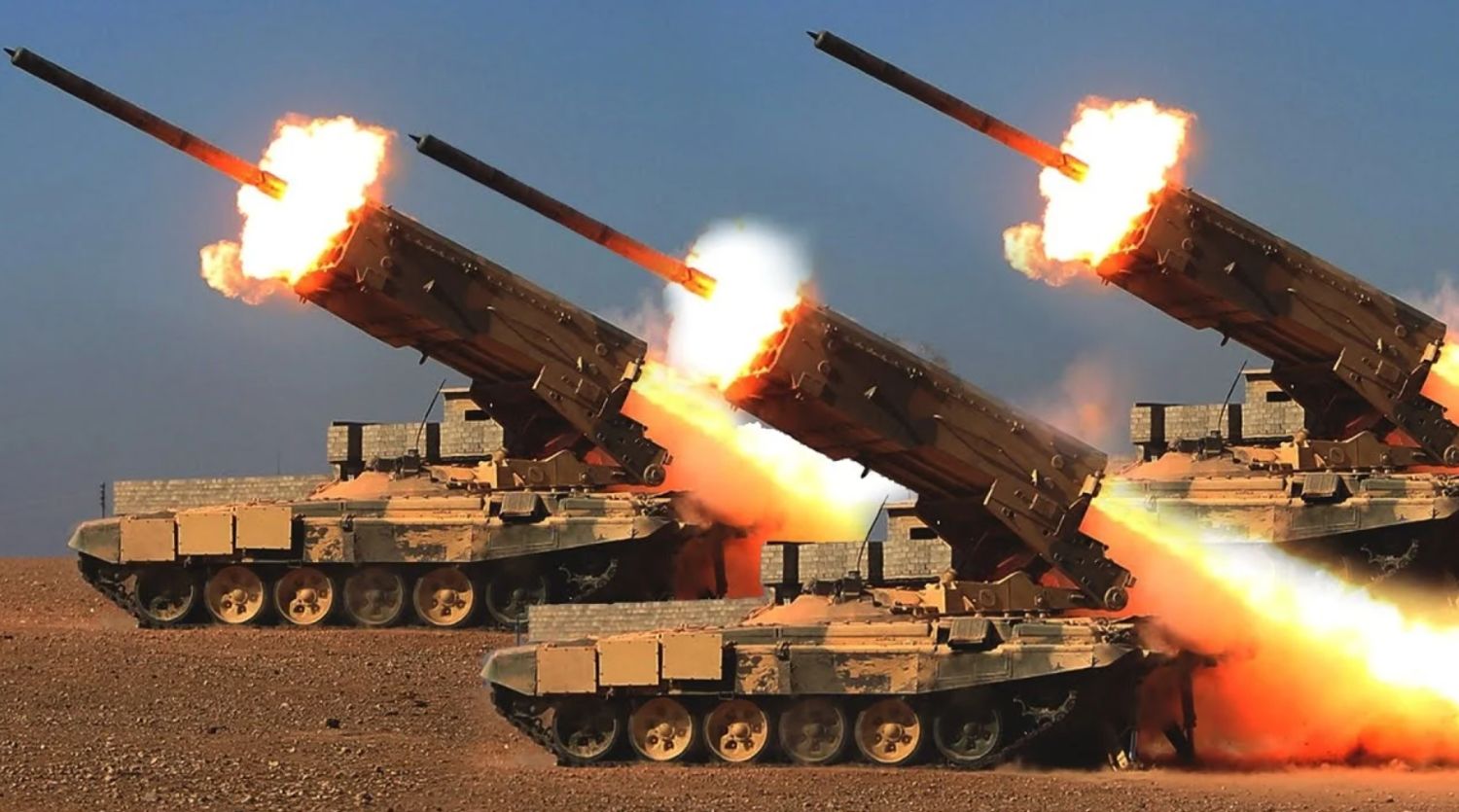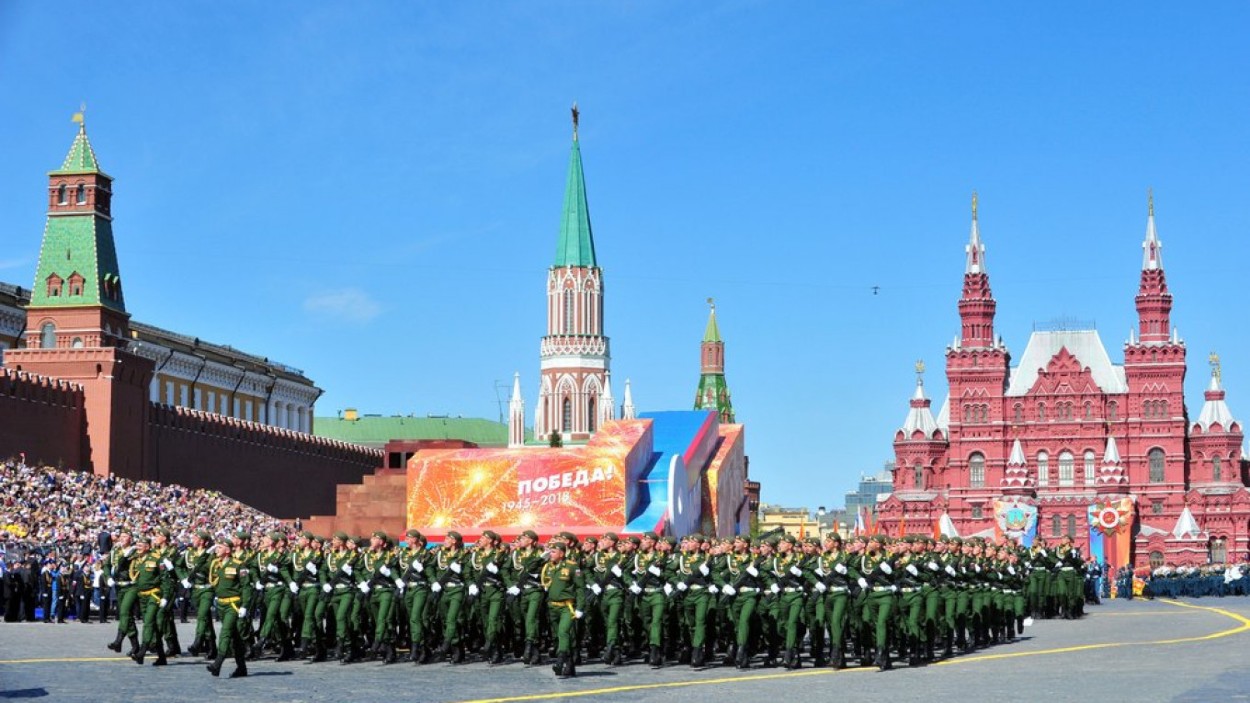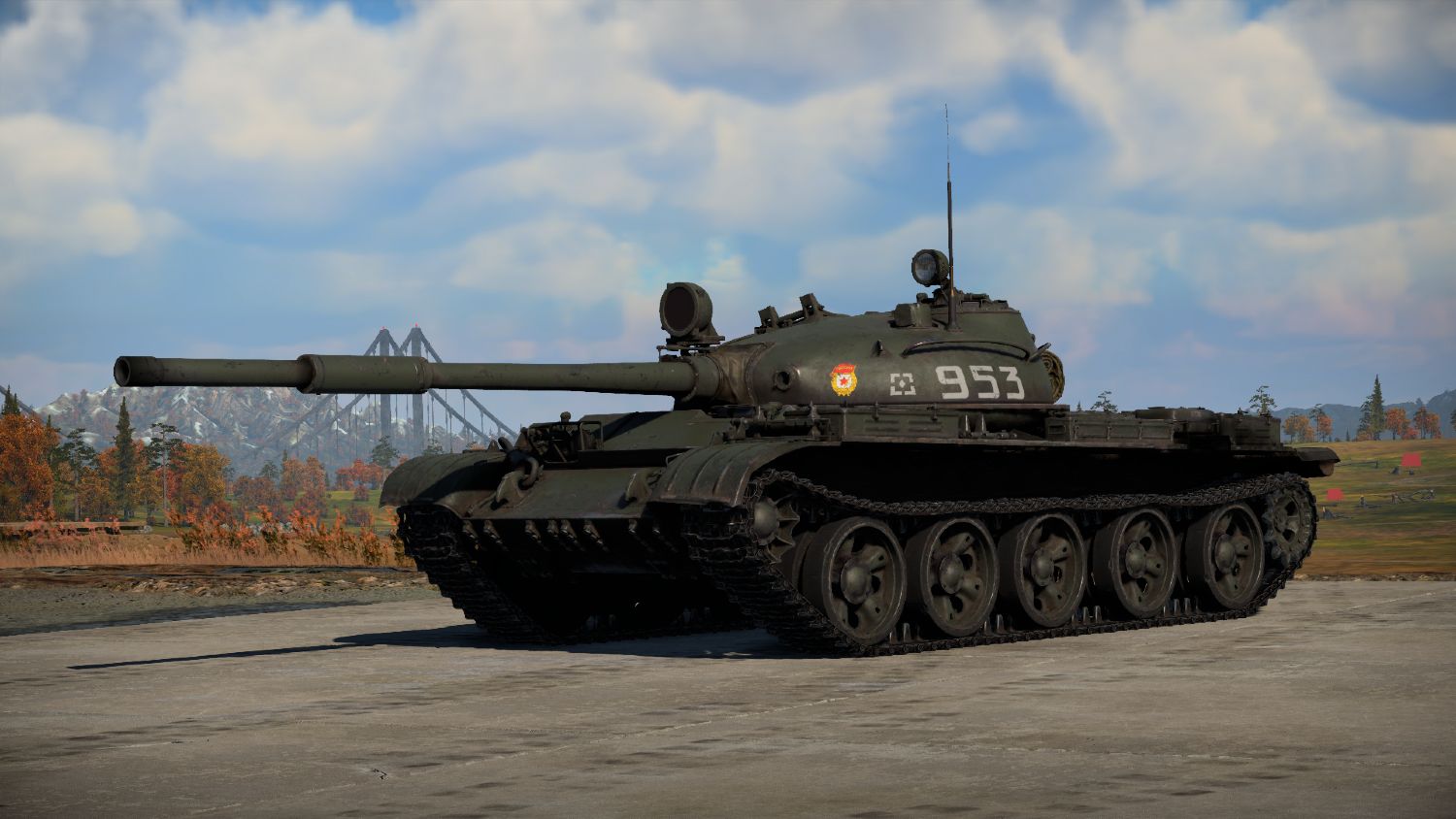Though Russia has considerably increased its arms production over the last few months to meet the demands of the ongoing war with Ukraine, it may not be enough.
Third Country With Hypersonic Missile: After Russia & China, Will Iran ‘Outspeed’ The US To Deploy Mach 5+ Weapons?
After fighting against Ukraine and exhausting a wide range of weapons in the process, Moscow’s struggle to sustain the increased production rates for its arms manufacturers will continue, experts believe.
However, the statistics of the current rate of its arms production are something that should cheer Russia for the moment.
Compared to the previous year, the manufacturing output index for sectors related to the Russian defense industry from January to February 2023 has revealed positive growth, says Dr. Pavel Luzin, a well-known expert on the Russian Armed forces, who is presently at the Fletcher School of Law and Diplomacy, Tufts University, Boston.
Luzin has calculated that this year’s manufacturing output index, compared to the corresponding period from January to February 2022, was: “for computers, electronics, and optical devices, 112.6 percent; for other transportation vehicles and equipment (including aircraft and vessels), 117.7 percent; and for chemical production (without coal and crude oil refining), 94.2 percent.”
Of course, “the supply indexes during the same period differ somewhat from the manufacturing indexes: for computers, electronics, and optical devices, 126.1 percent; for other transportation vehicles and equipment (including aircraft and vessels), 140.7 percent; for chemical production (without coal and crude oil refining), 74 percent.”
But Luzin explains that this difference between the two indexes may be because “Russian companies recently supplied arms that were manufactured in late 2022, considering the known delays in the delivery of ordered arms and other systems.”
It may be noted here that Russian President Vladimir Putin and his senior ministerial colleagues have been touring the leading military-industrial complexes in the country over the last six months to emphasize the need to boost arms production.
“The most important key task of our military-industrial complex is to provide our units and frontline forces with everything they need: weapons, equipment, ammunition, and gear in the necessary quantities and of the right quality in the shortest possible time-frames. It’s also important to perfect and significantly improve the technical characteristics of weapons and equipment for our fighters based on the combat experience we have gained,” Putin said the other day at Tula, a major center for arms manufacturing.
According to Sergei Chemezov, who heads the state defense conglomerate Rostec, Russian industries have stepped up ammunition production for the military to use in Ukraine.
“Our enemies’ chatter about Russia allegedly running out of missiles, shells, etc., is nonsense. We have increased the production of ammunition on orders by the Defense Ministry several times over,” Chemezov told the state-run RIA Novosti news agency recently.

Incidentally, Chemezov is considered one of President Putin’s closest confidants and has a reputation for being a hard taskmaster. He is said to be trying his best to ensure that Rostec’s factories in Russia producing military equipment are working nonstop by forfeiting their due holidays.
“Rostec’s factories involved in fulfilling state contracts are working almost around the clock, and their staff is showing self-sacrifice and understanding in relation to the increased workload,” Chemezov has boasted, adding how they are producing varieties of military equipment, including warplanes and tanks.
Putin’s emphasis on increased domestic production is understandable, given that Russia is said to have “lost over 9,400 pieces of equipment, including more than 1,500 tanks,” in the war against Ukraine.
It is now trying to get some weapons and platforms from “friends and allies” such as Belarus, North Korea, Iran, and China, with whom it had supplied arms in plenty in the past. Here, Belarus has been really loyal. It has almost cleaned out its warehouses for Russia. North Korea and Iran have responded partially because they do not want to deplete their arsenals beyond a point.
This explains why Russia is now desperately expecting help in major military products from China, which has sent only non-lethal aid, such as helmets, and dual-use items, such as aircraft parts. Russia wants drones, compatible shells, cruise missiles, and other precision weapons.

Considering all this, it is understandable why the Kremlin is hell-bent on increasing arms manufacturing at home at any cost. The government is now providing increased subsidies to domestic arms manufacturers.
For instance, the subsidies for the years 2023-24 have already exceeded 700 billion rubles ($9.5 billion). This amount is much more than the total subsidies in the previous four financial years between 2018 and 2022, it is said.
But, despite the relatively optimistic statistics of early 2023, Moscow’s mounting problems in arms manufacturing will continue in the near future, points out Luzin. There are some limiting factors, of which the most important is the human factor.
There is now a massive deficit of qualified manpower in the Russian arms industry. As representatives from Uralvagonzavog and Kurganmashzavod—manufacturers of main battle tanks and armored vehicles, respectively— admitted recently, they faced serious problems finding more workers and engineers, despite increasing salaries and other bonuses.

This, perhaps, is why Russian companies cannot meet the deadlines, even the repair of systems and vehicles that have been used or damaged on the Ukrainian battlefield, let alone manufacturing new items.
According to a January report, the Russian Labor Ministry admitted that the defense industry lacked at least 20,000 skilled workers — locksmiths, turners, machine operators, and IT specialists.
The conscription of hundreds of thousands of people into the army and the mass exodus abroad, along with the direct victims of the conflict, seems to have further aggravated the manpower resources in the arms industries in the country.
Experts warn that the shortage of personnel in the “rapidly growing” military-industrial sector in Russia will only intensify.
“In 2023, the military-industrial complex will lack about 50 thousand specialists: first of all, we are talking about highly qualified engineers of a very specific profile — the military industry can respond to their lack by a significant slowdown in growth”, said Alexander Safonov, Professor at the Department of Personnel Management and Psychology, Vice-Rector of the Financial University under the Government of the Russian Federation.
However, directly or indirectly, replenishing arms used in Ukraine by all those involved in the war is a global issue. European manufacturers are also facing the same problem as the Russians in producing enough arms to supply Ukraine and meeting the security needs of their respective countries.
In fact, arming Ukraine is stretching the US defense industry, too. In that sense, what Russia is experiencing may not be exaggerated beyond a point.
But one thing is clear. And that is the fact that the Russian defense industry is facing a serious challenge of operational sustainability, contrary to what the official statistics reveal.
- Author and veteran journalist Prakash Nanda has been commenting on politics, foreign policy, on strategic affairs for nearly three decades. A former National Fellow of the Indian Council for Historical Research and recipient of the Seoul Peace Prize Scholarship, he is also a Distinguished Fellow at the Institute of Peace and Conflict Studies.
- Article Republished Due To Readers Interest
- VIEWS PERSONAL OF THE AUTHOR
- CONTACT: prakash.nanda (at) hotmail.com
- Follow EurAsian Times on Google News




